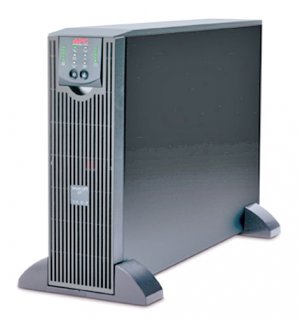- Joined
- Nov 25, 2015
- Messages
- 8,425
Looks like you hooked it up in series, not parallel.OK, time to fess up
I just let the smoke out of my back-UPS APC 1500 power supply with extra deep cycles batteries
Like to know if its a design problem.
When I built gen 1, I learned the deep cycles must be separate from the internal dry battery because of voltage difference when not in use. The dry batteries go to 16V and the UPS will pop an error if lower. The deep cycles are at 13.8 to 14.4 when not in use. So I installed a power relay with 110 coil normally open. If power fails this relay closes and brings in the spare batteries. See pic of relays on UPS box.
We had an eight hour brown out, not power failure and the system went down. Never thought of this issue before.
The deep cycles are old, time to replace. AND letting the smoke out of the UPS is a BAD thing, time to replace that too.
View attachment 414216
I can't see all the wires, but that's what it looks like to me. So you put 24 volts in, not 12.


